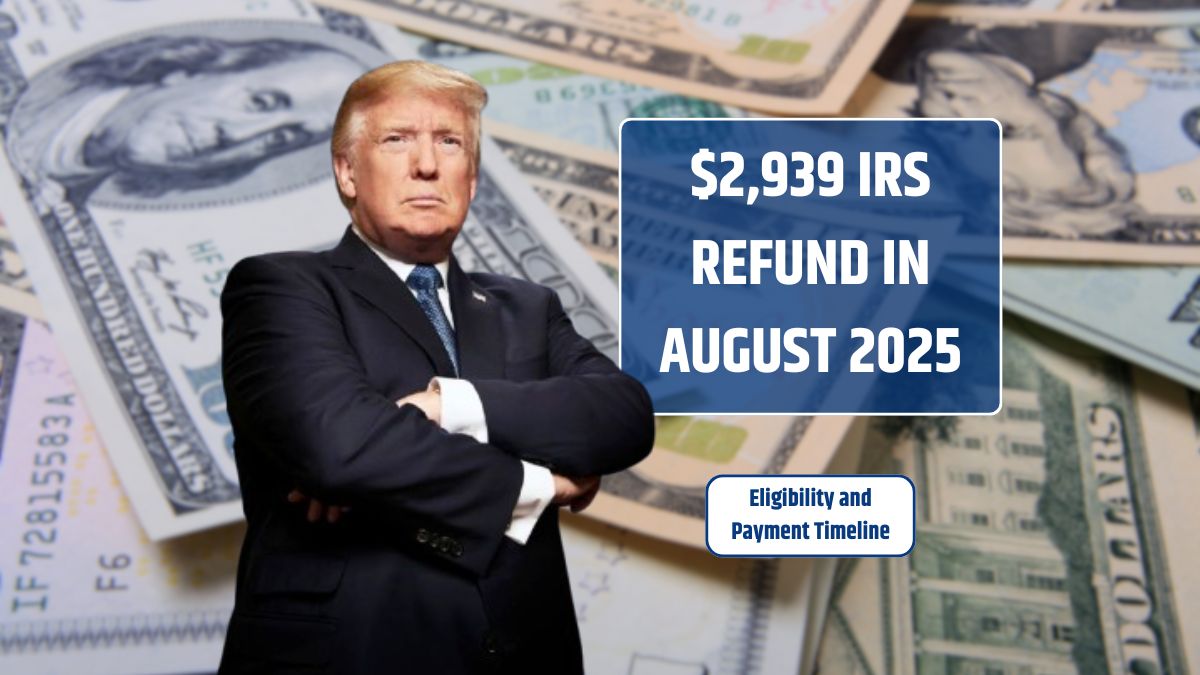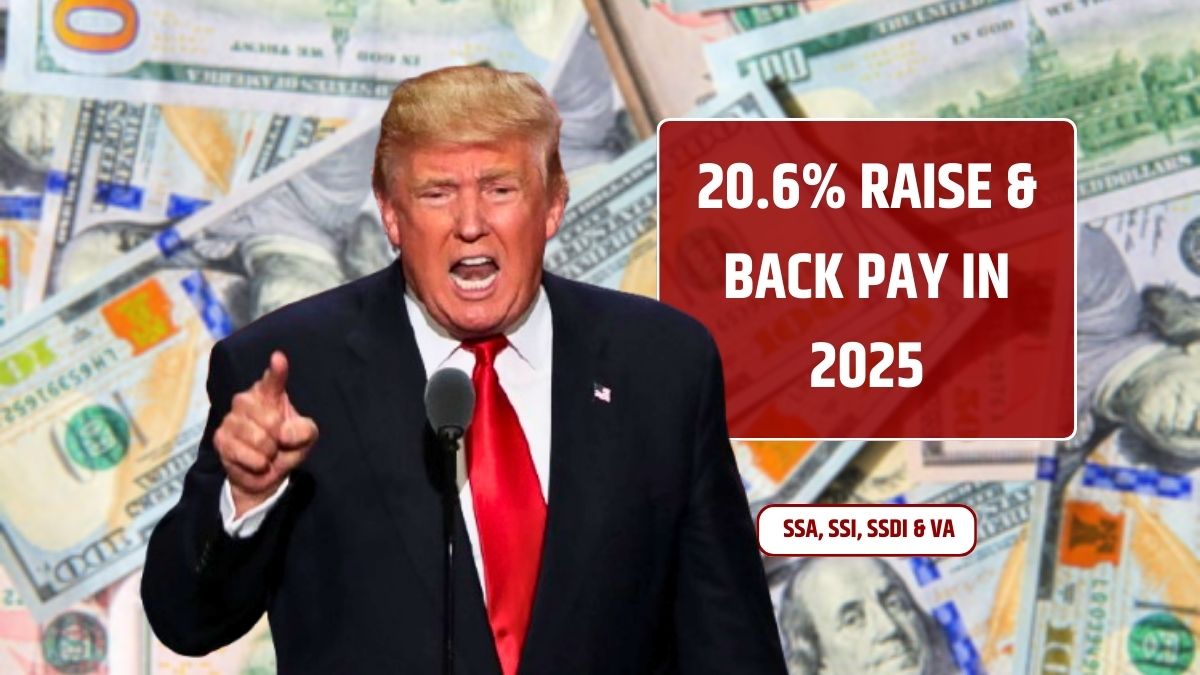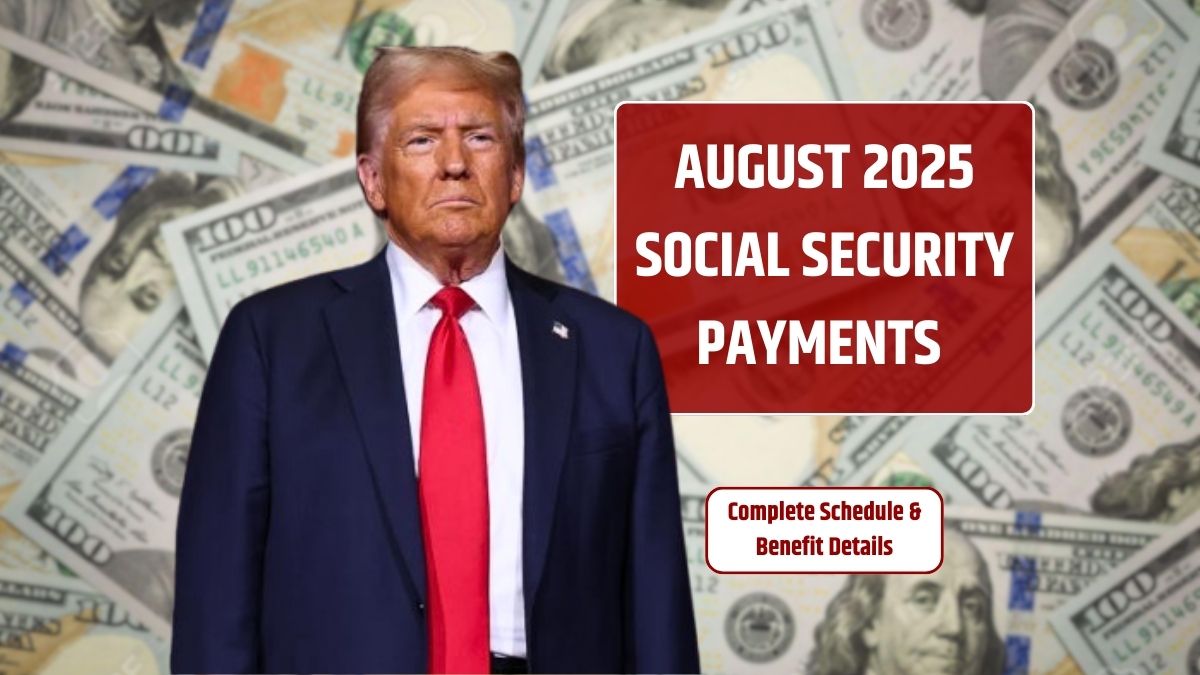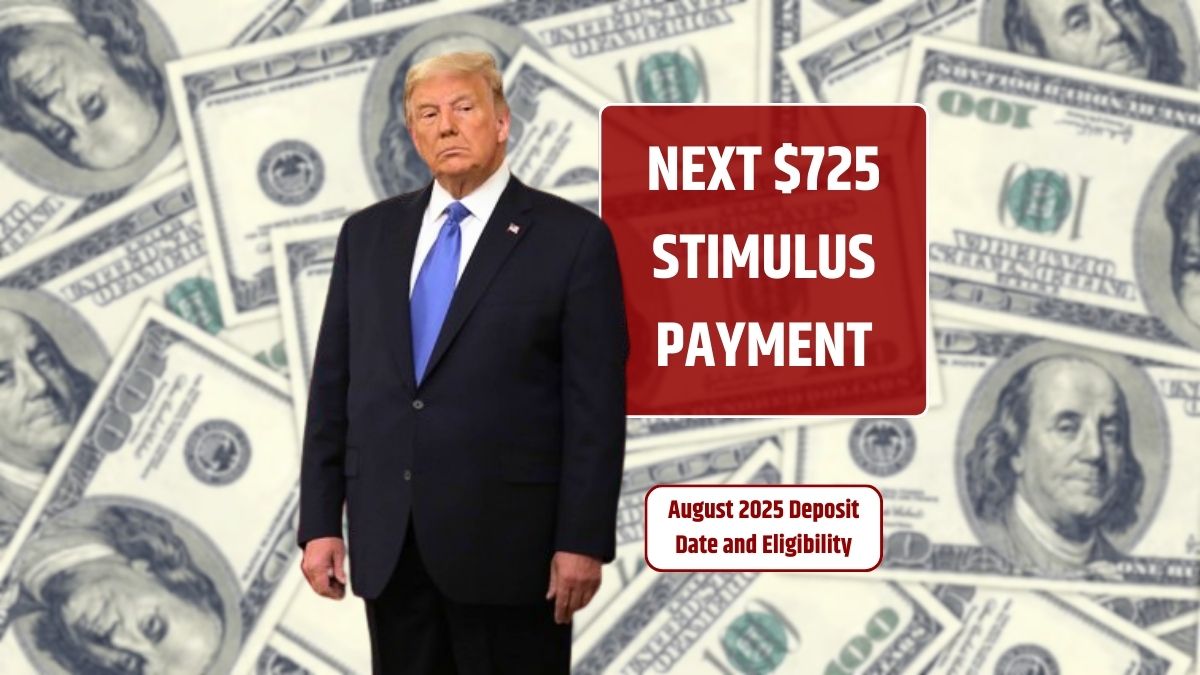Many taxpayers in the US are buzzing about the $2,939 IRS payment expected in August 2025. While social media might make it sound like a fresh stimulus check, it’s actually the average federal tax refund combined with benefits like Social Security, SSI, or SSDI. This amount is not guaranteed for everyone, but rather an estimated average based on 2024 tax returns.
Let’s break down what this payment really means, who qualifies, when you can expect it, and how it could fit into your budget.
Meaning
The $2,939 figure represents the average refund amount reported by the IRS for taxpayers whose 2024 returns are processed in time for August payments. It’s not a special one-time stimulus, but rather the outcome of filing your tax return, having eligible benefits, and meeting refund conditions.
This refund is tax-free and doesn’t interfere with programs like Medicaid, SNAP, or housing aid. However, not everyone will get the same amount — your refund depends on income, withholding, credits, and benefits.
Criteria
You may qualify if you:
- Filed your 2024 federal tax return on or before April 15, 2025, or by May 31 with an approved extension
- Have no active IRS audit or dispute
- Possess a valid SSN or ITIN
- Receive SSI, SSDI, or Social Security benefits and meet income rules
- Have updated direct deposit or mailing details with the IRS or SSA
If you meet these, you don’t need a separate application — the refund comes automatically.
Process
For filers, no extra steps are required after submitting your return.
For non-filers, you can still claim your refund using the IRS Non-Filer Tool and mailing the necessary documents. The IRS will calculate your refund based on tax withheld, deductions, and credits.
Schedule
Here’s the expected payment timeline:
| Return Acceptance Date | Direct Deposit Date | Paper Check Date |
|---|---|---|
| July 20–26, 2025 | August 1, 2025 | August 8–15, 2025 |
| July 27–Aug 2, 2025 | August 8, 2025 | August 15–22, 2025 |
Paper checks typically arrive a week later than direct deposits. If there’s an address verification or mailing delay, it could take 6–8 extra weeks, pushing payment into September.
Amount
Although $2,939 is the headline figure, your actual amount could be more or less. It depends on:
- Your taxable income
- The amount of tax withheld
- Credits like Earned Income Credit or Child Tax Credit
- Your benefit eligibility
Updates
To ensure smooth payment, keep your contact and banking details updated with the IRS or SSA. A wrong address or closed bank account can delay your payment significantly.
Impact
This payment could be a welcome boost for households, helping to:
- Pay utility and grocery bills
- Reduce personal debts
- Cover small business or freelance tax obligations
- Cushion against inflation
While it’s not extra “free money,” it’s a refund of what you’ve already earned or overpaid — a timely boost for many families.
Receiving the average $2,939 in August 2025 is a result of timely filing, accurate information, and meeting IRS criteria. It’s straightforward — no forms, no extra applications — just make sure your details are current. For many, it will be a useful mid-year financial breather to handle expenses or save for future needs.
FAQs
Is $2,939 a stimulus check?
No, it’s an average tax refund, not a stimulus payment.
When will I get the payment?
Direct deposits start August 1 or August 8, 2025.
Do I need to apply for it?
No, if you filed taxes or get SSA benefits, it’s automatic.
Can non-filers claim it?
Yes, through the IRS Non-Filer Tool.
Will this affect other benefits?
No, it doesn’t reduce Medicaid, SNAP, or housing aid.












